(video documentation of the process)
***
as part of the project, we partnered with a construction store. the store kindly provided us with the materials, necessary to construct the works, as well as the parking lot. we insisted on total control of all public communication, and were not asked at any point to advertize or mention the store in any way.

the following text will be split into 3 parts.
part 1 will document the process of preparing for the exhibition,
part 2 will contain documentation of us assembling and displaying the works themselves,
part 3 will display additional context (such as the connection with zarosli park) and document visitor interaction.
***
part 1.
our first planning session was not in the parking lot itself, but rather my living room. we brewed two litres of coffee, discussed our previous projects together, tried to see what sort of approach we could take to an interactive object that would be accessible to the public 24/7.
though this photograph is not of one of our meetings, it shows the overall mood of the time.
***
our second meeting took place in the store itself. we were given access to an area of the store that had not been open yet.


unlike the parking lot itself, this area had some central heating.

a table with a few chairs was set up. only after we started the planning sessions and reading groups there, we found out that this area had speakers with muzak and store announcements playing.
sometimes we had planning sessions and group discussions inside the store, finding different items we could sit on.
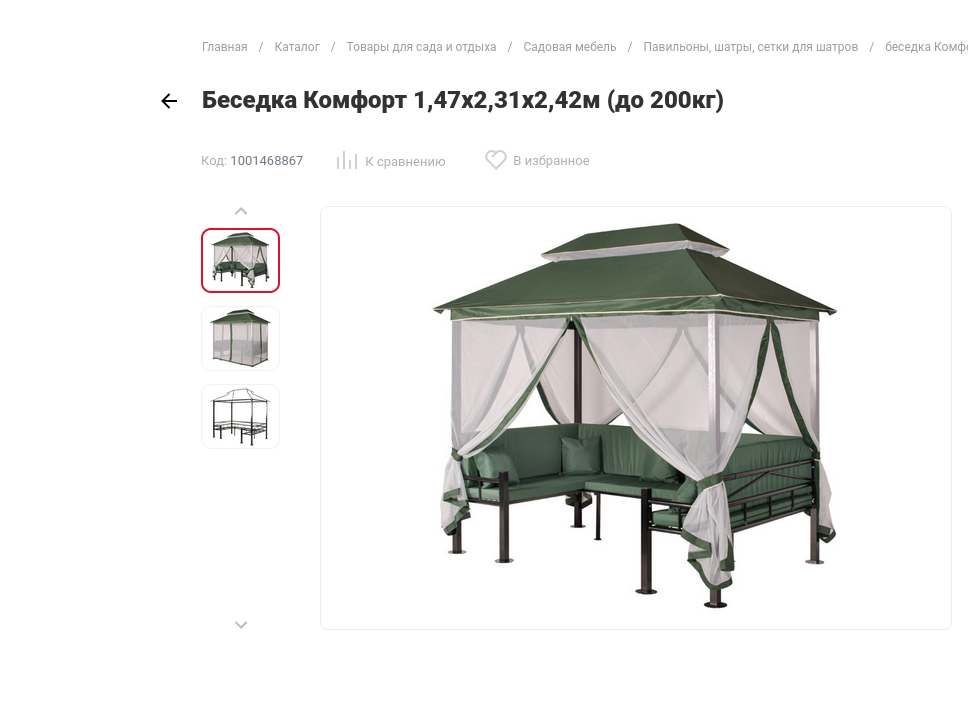
we did some reading together. each one of the participants was invitied to read marc auge, mark fisher, selected works by ballard, among others.
all were asked to provide their definition of what a non-place is.
by early september, we had some sketches of works we wanted to show.

(ilja natarow)

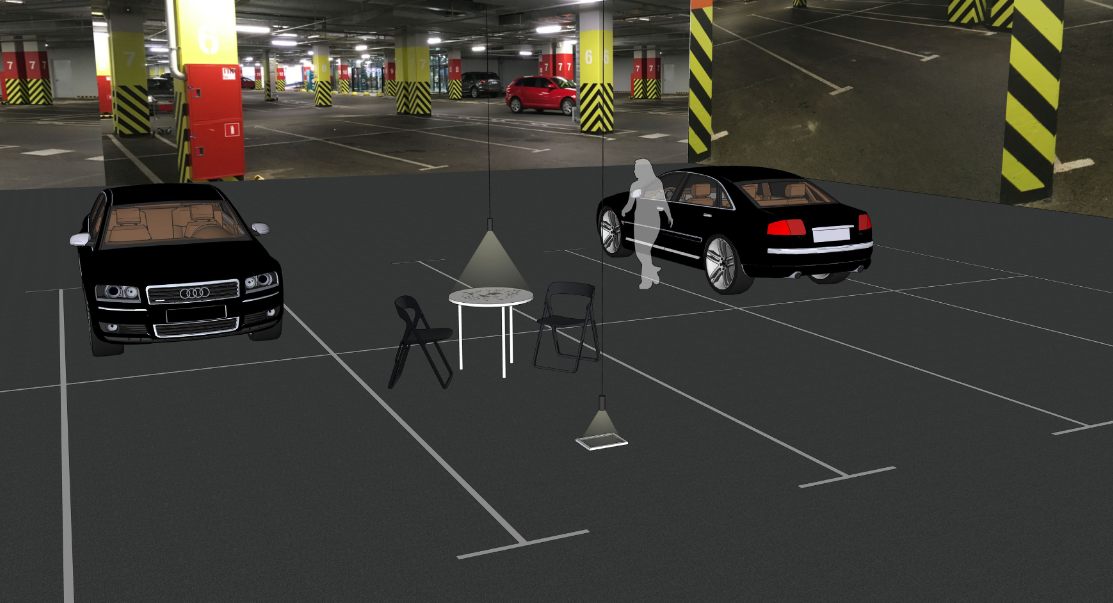
(anna martynenko)

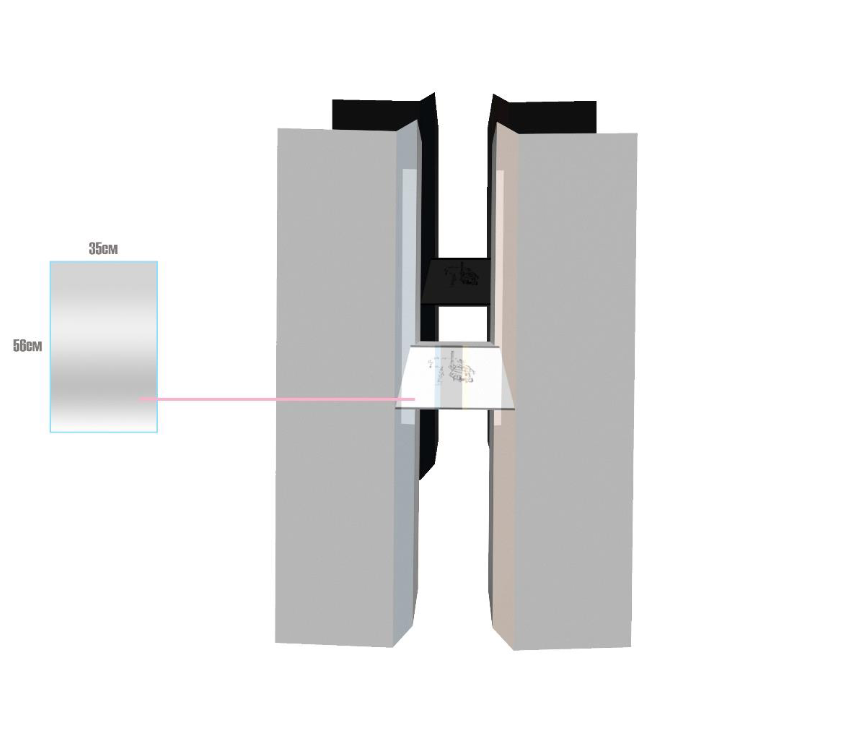
(tanya chernomordova)
***
part 2.
participants were free to come and go. the final exhibition featured three participants that were not involved in the early planning stages.
the newly-built parking lot featured a small area, originally planned for vending machines. this area remained unused.
we immediately thought of constructing a little gallery there and used its acoustic properties for sound works (the two entrances allowed the sound played inside the room to be channeled throughout the parking lot).


as we began to mount the works, we suddenly understood that they are connected by the theme of memory and remembrance. non-places shift memories around, infect them and thread them. this observation became crucial to our approach to the space, as well as to further discussion.
(collaborative work by slava lapin, lesha pavlov, and intc)
(works by nikolaj shuvalov and ilja natarow)
(setting up sound work by intc)
here are some images of the works.
objects:
this series of four works by lyubov ef were at approximately eye-level for drivers. this was not planned. after the works were installed, we noticed people approaching them in cars and opening their windows to take a closer look at the objects in a way they would at at drive-thru.
the moebius strip:
the moebius strip by viсtoria bodrova invited visitors to connect the dots on the work. this work explored geographical patterns, with spaces becoming less and less recognizable, and us wandering around them in endless repetition. it featured a print on the whole surface of the strip.
zum fick mit den zaunen:
ilja natarow’s work consisted of a fence, which visitors had to make their way through. behind the fence they would find a map, some crayons and an instruction to fill in the zones they connect with on a map of st. petersburg.
a qr-code was placed on the fence, linking to this video:
close-up of the map.
non-puzzle:
anya martynenko’s ‘non-puzzle’. this work invitied visitors to assemble a puzzle picturing a piece of pavement. addressing themes of memory, the decay of details and similarity of capitalist spaces with simplicity and irony, this work quickly became popular with the visitors, especially children.
the ant colony:
tanya chernomordova’s work featured a series of clear plastic boards with depictions of ants. new works appeared throughout row 7 as the exhibition went on.
the tubes were originally supposed to contain an ant colony, but we decided against it (mainly due to weather and ethics).
tanya’s work often illustrates decay and uses natural elements to approach decay from different angles. the tubes were ultimately filled with plants, roots and rocks found in zarosli park.
.docx1:

nikolaj shuvalov contributed a text about non-places, with every word randomly replaced by a synonym. the work is still accessible here: click!
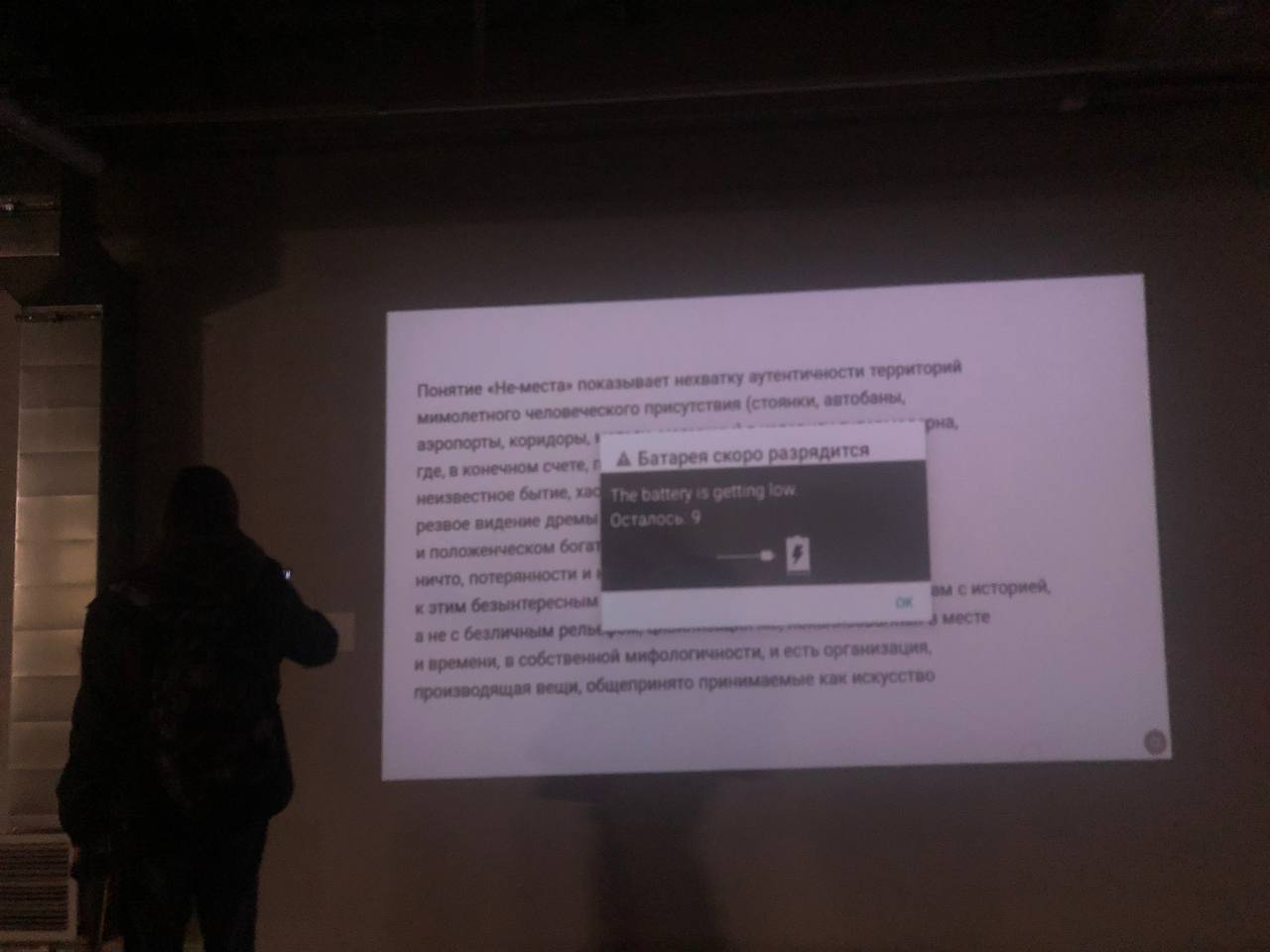
the work was displayed using a battery-powered projector which, in turn, was attached to a power socket. at night the some of the lights and power socket was turned off by the security guards. that lead us to solder a wall plug to a power bank and connect it to the projector, but that did not always propertly function. maintaining the audio and this work required us to come to the parking lot at least once a day during three months. this allowed us to closely inspect the changes made to the works by exhibition visitors.
hammock:

this work by katya beloglazova was added as a last-minute intervention. exhibition visitors were invited to lay down on a hammock (which, of course, was used as a ramp by the local skaters), read some google-translated poetry and enjoy endless discounts showering down on them.

multiple sound works were installed throughout the space, playing on headphones and speakers.
game:


a game about non-places by roman solodkov was also exhibited. the players find themselves an empty platform, invited to walk around and touch different objects using the arduino-controlled rocks on the table, thus adding character and colour to the non-space in all its digital mundane glory.
of course, the controller was stolen during the exhibition and had to be replaced multiple times. surprisingly, however, the computer, monitor and arduino were left untouched.
some screenshots:


performance:
lyubov ef, whose other works in the exhibition focused on the hauntological aspects of the non-place, also made a performative work about the invasion of nature and non-human agency into such a space.
visitors were invited to water plants from the local park (see below), attached to the artist’s body.
the performative work was recorded by greht, an artist based in saint petersburg, using different outdated cameras from the early 2000s.
***
part 3.
on october 23rd, 2021, we found out that the local government was planning to enforce a partial lockdown due to covid 19. we were the only exhibition in the city that was open (and that one could attend witout breaking covid restrictions) from the 30th of october to the 7th of november.
as we were working on the project, we accidentally found that we were located right next to a self-organized community garden called zarosli (instagram link).
we became obsessed with the park, constantly popping off to spend some time there. after a few collective walks, exploring the public art objects installed by locals and finding materials for our own works, we found out that the municipality wants to build a bypass there. we joined in a citizen-run self-organized community devoted to saving the park, and integrated its presence as an intervetion in one of the works -- stylized ads posted on the fence. a qr-code to the online activist group for the park was also posted.
zum fick mit den zaunen (after intervention):


the map was slowly filled in by vistors, colouring in different sentimental zones around the city (with some mild obsceneties, of course).
the moebius strip was also writtren on:

(ira, i love you)
we slowly started seeing feedback in the neighborhood’s online communities.
some engaged citizens started discussing the exhibition:

“first i was like X-(, then -- :-3this is for me”
a russian pro-government outlet reached out to us:

we provided them with a standard press kit outlining the exhibition. they, in turn, made a very strange, almost pornographic video of the objects, comparing us to tate modern for some reason.
careful, the video is loud.
we were overjoyed to be covered by a propaganda tabloid. the comments on the youtube and telegram page were patriotic and restrained, with most people expressing interest in the exhibition. this was important, as we reached out to an entirely different audience.
as we often worked all night, we found out that there are some motorists that come to the parking lot at around 2:00 to repair and test their custom cars.
children from the local math cram school came by to learn about the mobius stip and tried their hand at assembling the puzzle:
while local skaters used the objects as ramps and obstructions.
(this is, perhaps, my favourite moment in the entire exhibition)
we were also visited by some local vloggers. they gave us a stellar review (posted with permission):
people of different backgrounds wrote to the store, thanking them for the exhibition and chance to play around with the works. some of these messages were forwarded to us. i’ll leave you with one of the most heartwarming:

***
july-december 2021
***
>p.s.
manual 2 occupied a fictional (non-)place, populated by real people: tolich the security guard (with whom we had an argument about contemporary art and malevitch), natalya from pr, olga at the cash register, the families and children filling in the map with their illustrations. all of them occupy this fictional space, getting dissolved first in the experience of the unexpected, then dissolving themselves as part of a recorded memory.
memory was one of the central themes of manual 2. it was a way to combat the mind-numbing sameness of the non-place, a way to add something human to a place that felt intruisive and alien, completely lacking any defining characteristics. though these works had many connections to saint petersburg and the history of the building itself, they could have been installed in any other non-place. in other words, almost anywhere.
the memory keeps catching up with me to this day, always slightly different.
allow me to share a short story:
while we were editing the video at the top of the page, my partner and i found out that they visited the exhibition with a friend. though i knew that, i wasn’t there myself. rewinding the footage, we found them caught on camera, walking around in one of the shots, a memory repopulated in retrospect. it felt like accidentally meeting a past version of a person you know closely in a dusty back-alley of your collective memory, seeing the same moment from different angles.
it’s such a shame that one can’t plan accidental meetings like this in advance. i am lucky to have been washed over by this feeling of being lightly disoriented in my own memory.
memories change and adapt, slowly degrading, reinterpreting. when i see familiar faces in these photographs, i feel as though they are haunting this non-human space, infecting it with accidental & unexpected meetings in the future, subjecting it to digital and physical fade, along with what remains of the objects themselves.
***
a year later, in december 2022, after the start of russia’s full-scale invasion of ukraine, one of the participants visited the parking lot and took some photos. with the start of the war all of our lives were changed in an instant, and though some of us stayed in russia, while others left, we all had this common, almost impossible experience. just as memories fade and change, the remains of our work continued to change, with new layers still being added.
there is only one question left to ask now: what happens when something is specifically designed to be a memory in a place that is engineered to be forgotten?
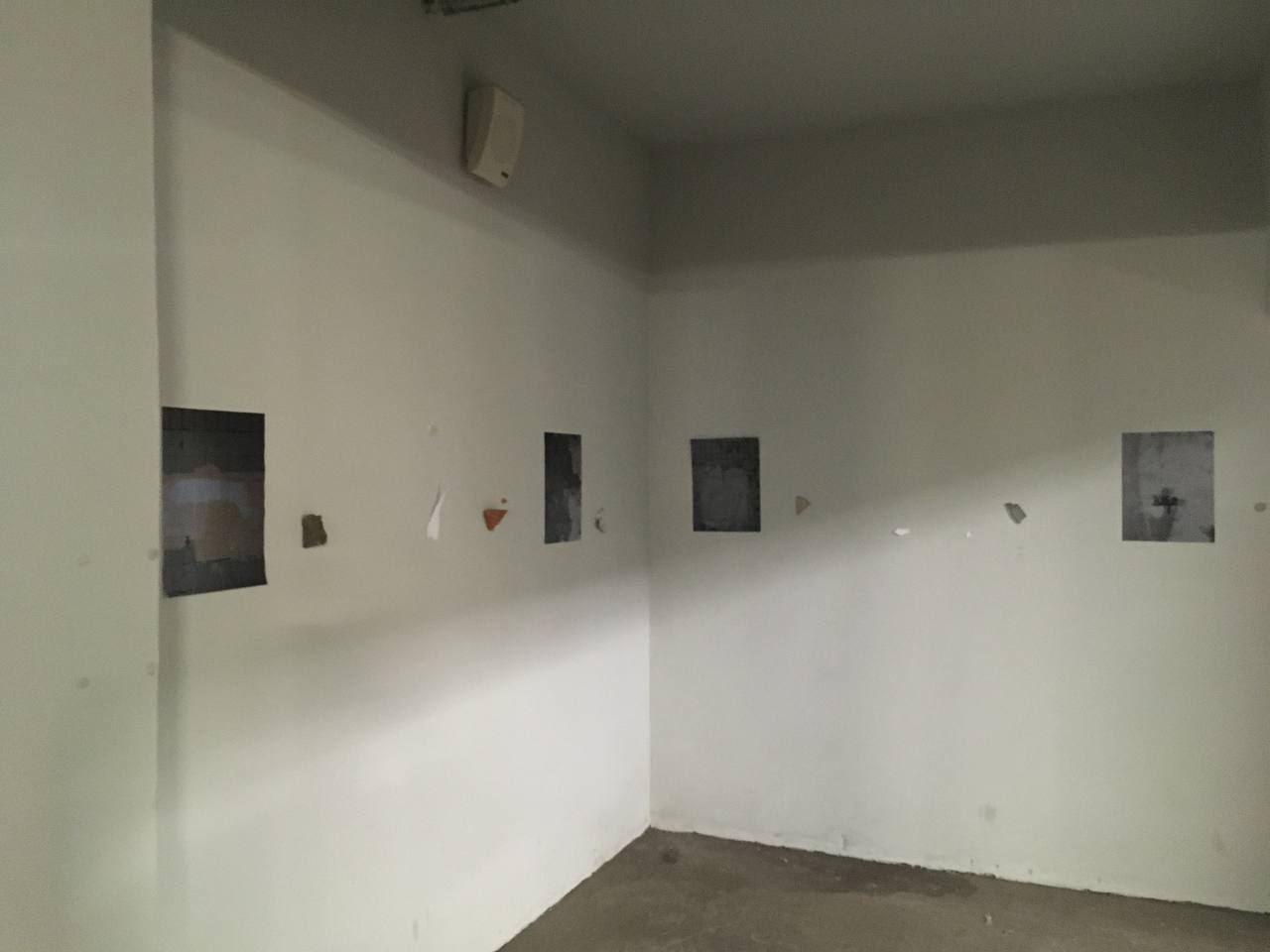
*

*

***
(shot by nikolaj shuvalov)
< back
<< portfolio
